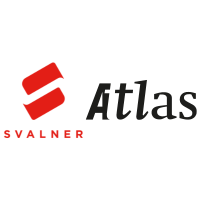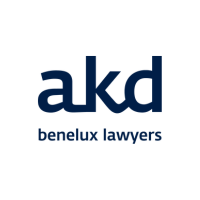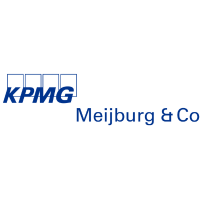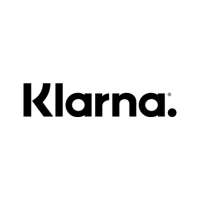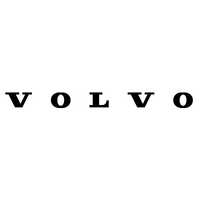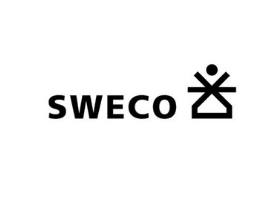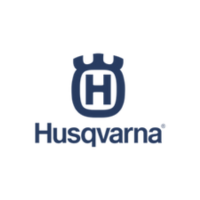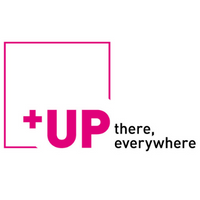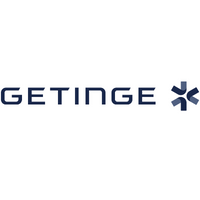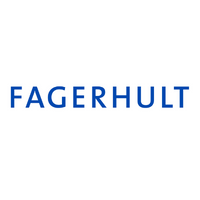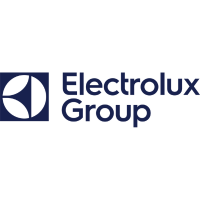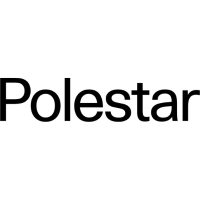
In times of action against climate change, sustainability is a topic that moves all social actors. It has become increasingly important in all parts of the business world. Vattenfall is a member of the Swedish Chamber of Commerce in the Netherlands. The Swedish energy company is state-owned and active in different parts of Northern Europe. Its core markets are Sweden, Germany, the Netherlands, Denmark, and the United Kingdom. Vattenfall’s business is the generation and distribution of electricity and heat. With almost 20,000 employees and 12.8 million customers, the company is one of the biggest players in the energy market, as well as a major driver of the energy transition in Europe. Their aim is to achieve fossil freedom, which means that thinking and acting on questions around sustainability is daily business at the company.
Martijn Hagens has different roles at Vattenfall. In addition to being Senior Vice President of Business Area Customers & Solutions and interim Head of Business Area Heat, he is also Head of Vattenfall in the Netherlands. In the following interview, he explains Vattenfall’s sustainability strategy to the Swedish Chamber Insight.
“All pillars of a well-functioning system need to be strong. If we focus too much on one pillar, we risk the integrity of the entire system.”
Martijn, how do you understand the concept of sustainability?
For us, sustainability is the business and the core of all our activities. In the broadest sense, sustainability is about making systems function in a way that can be sustained. Systems should function not short-term but in the long run. We are talking about balance here. Different interests and needs should be balanced out, for example, employees’ and citizens’ well-being, the protection of the environment, and business interests. All pillars of a well-functioning system need to be strong. If we focus too much on one pillar, we risk the integrity of the entire system. If business objectives cause damage to employees or the environment, the business is bound to fail by ignoring its backbone. Sustainability is about balance and circularity. As such, it is a key factor in everything that we do at Vattenfall.
We want to reach net-zero emissions throughout our value chain by 2040. We have a sustainability strategy that has implications for virtually all parts of our business from our supply chains to our investments and plans for future projects.
As an energy company, what is Vattenfall’s role in translating sustainability into action?
Vattenfall is committed to achieving fossil freedom. That means we are investing in renewables and that we are phasing out fossil fuels. The world is dealing with a climate crisis, and we are committed to driving down emissions as much as we can, as fast as we can. We want to reach net-zero emissions throughout our value chain by 2040. We have a sustainability strategy that has implications for virtually all parts of our business, from our supply chains to our investments and plans for future projects. We are very determined to continually align all processes to this strategy. Vattenfall places great importance on maintaining high sustainability standards and acts responsibly with regard to its impact on people and the environment.
We do not only want to cut emissions. Sustainability is much broader than that. We also believe, for example, in the idea of circular economy. We aim to recycle as much as possible of the waste we produce. More than 90 per cent of residual products from our combustion plants are sold for re-use, mainly to the construction industry. Another example would be our research into recycling wind turbine blades more effectively. It is a bit of a challenge, but we are working on becoming better at it. Here, the goal is to reach a recycling rate of 100 per cent by 2030. Essentially, sustainability is a major factor in everything we do, and it is a work in progress as well.
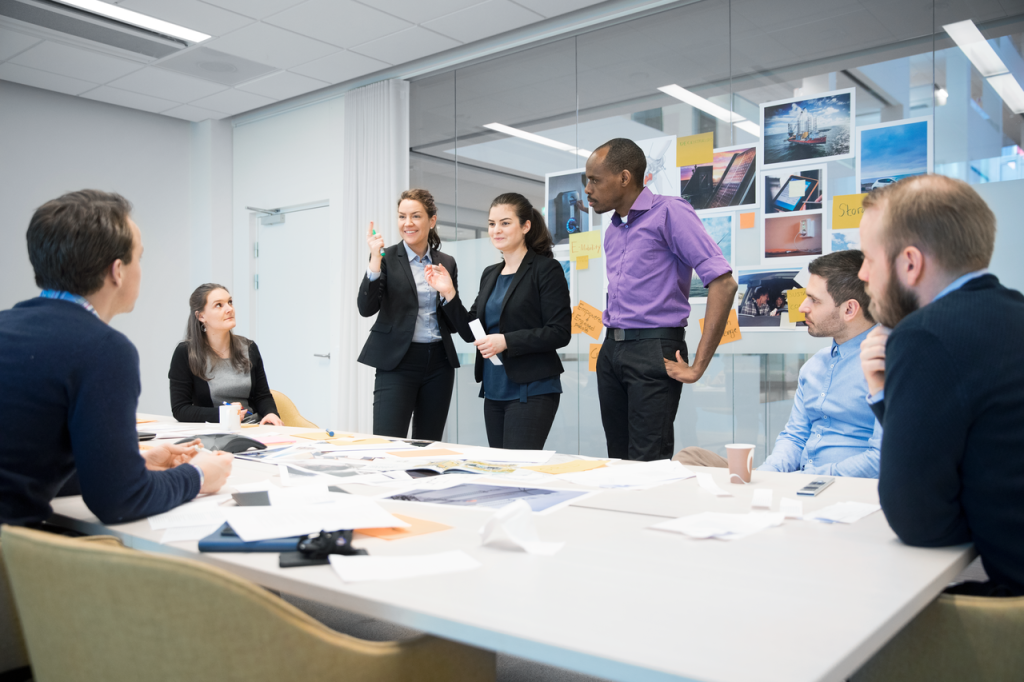
Can you share more insights into Vattenfall’s sustainability strategy?
First and foremost, phasing out fossil fuels means changing the way we plan ahead. We have already significantly scaled up our renewable energy production with large investments in wind and solar power. This year, for example, Vattenfall inaugurated the first subsidy-free wind farm at sea in the world, the Hollandse Kust Zuid Wind Farm, near the Dutch coast. It will generate an amount of renewable electricity that equals the annual consumption of more than 1.5 million Dutch households. Big changes are on the horizon, and this is the direction that Vattenfall will continue to take in the future. Our investments will flow into energy sources listed in the EU taxonomy for sustainable activities.
This also means that Vattenfall is looking into options for nuclear power production, for example, into Small Modular Reactors. Though, sustainability is much more than that. We also want to make sure that the products and services we use are in line with our sustainability standards. We closely assess the impact of the companies we work with on society and the environment. We have high standards because, as an institution of society, we want to be a role model and have a positive influence on the people and organizations around us. At Vattenfall, we know that sustainability has social and environmental aspects. We have integrated all of these into our corporate culture.
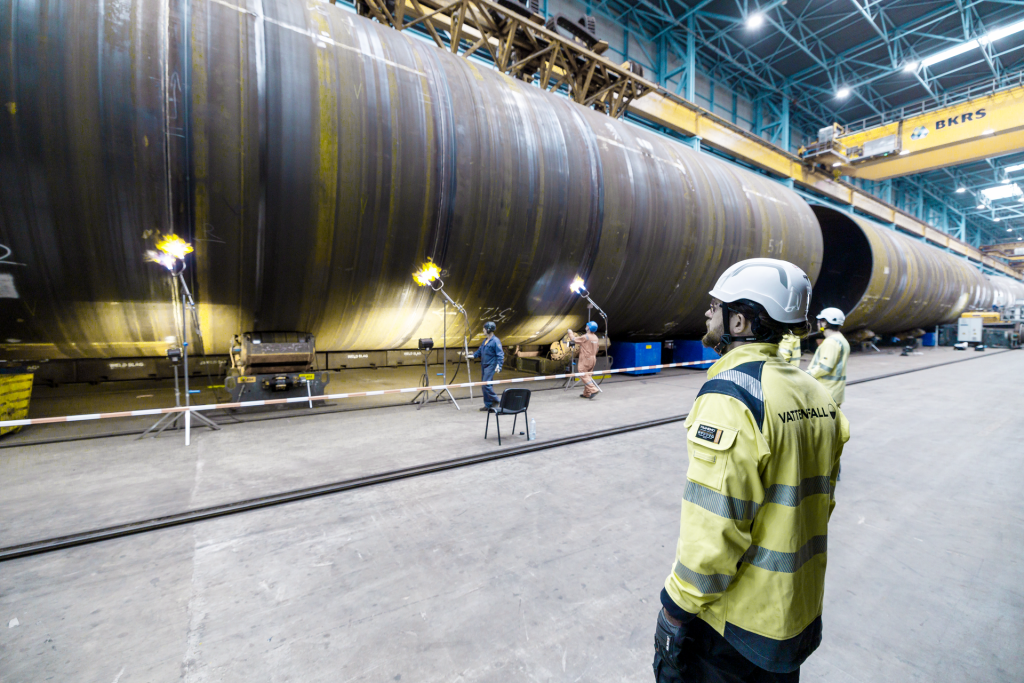
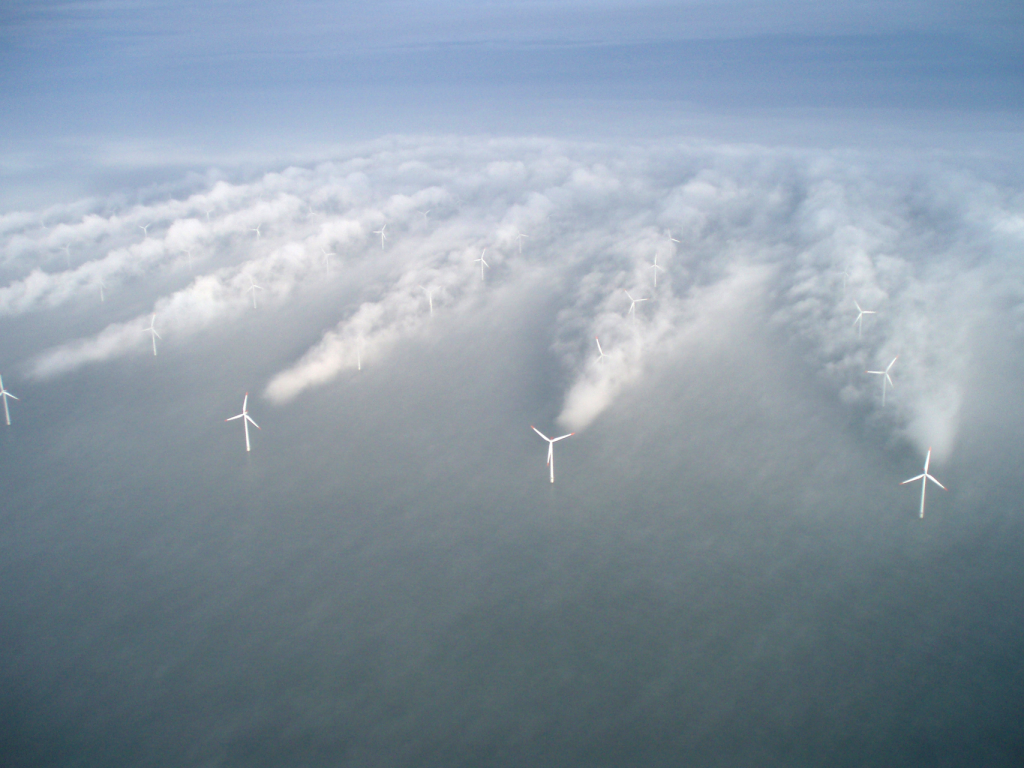
What does social and environmental sustainability action mean for Vattenfall’s culture and operations?
The social aspect is about the people. We need to protect and support them, as we do with the environment. People are a part of the environment. They live in it and are connected to it. Our Health & Safety teams want to see our people thriving. They are, for example, bringing increased awareness to the topic of mental health and its connection to physical health, which has arguably also become more important in society at large. Our Diversity & Inclusion efforts, which are currently being scaled up significantly by hiring more experts, aim at improving the inclusion of all social demographics into our company. People with different backgrounds and worldviews have innovative attitudes and ideas. This is important when it comes to driving the energy transition. All this is sustainability too. We aim to be a healthy and diverse company, so we can contribute to maintaining and also restoring a healthy and diverse environment.
Vattenfall is in that sense strategically aligned to the UN’s Sustainable Development Goals. Fossil freedom can only be the result of systemic change. This change is already occurring, and we are enthusiastic about it. We want to contribute to and drive this change. What this means for the environment, other than significantly reducing our emissions by investing in renewables, is that we also look for industry partnerships. For example, Vattenfall co-produced the world’s first fossil-free steel in 2021 in a partnership with SSAB and LKAB called HYBRIT. Fossil-free hydrogen was used here. It is not only the big guns and innovations, however, that matter. We have to make sure that the environment can flourish in each location we operate in. Biodiversity is a major topic for us as well.
How does Vattenfall protect biodiversity, and why is it so important?
We conduct research and implement measures to protect biodiversity where we are physically present. I would like to give some examples from the Netherlands. We have eel migration at two of our hydropower stations. We started tracking the eels’ activity in order to be able to predict migration more accurately. The reason behind it is that we want to be able to turn off the turbines while the migration is occurring so we can protect the eels while minimising production loss. Win-win.
Wind power is one way out of fossil fuels, but there is a collision risk for birds. We have conducted a lot of research into how collision can be minimised. In the Netherlands, we keep testing black blades. We believe that changing the blades’ colour could make them more visible for birds, which would be a counter-measure against collision. This is a work in progress, but we are committed to protecting the birds in our wind farms’ vicinity.
Going back to the Hollandse Kust Zuid Wind Farm, we have submitted a plan to the Dutch authorities about how to create an artificial reef around our wind turbines. This is important to protect the habitat of species like the Atlantic cod. A lot of research has been carried out about such reefs.
One last example is that we strive to protect biodiversity at many of our office locations, for example, by sowing native plants or placing insect houses around the offices among other measures. For me, this is the essence of biodiversity and also of sustainability more generally. Wherever we go, we have to step outside ourselves, open our eyes, and see what is going on in the world around us. Sustainability is about the way we think and then act. It is about having humility. We are never the centre of the world, so we should factor the well-being of everyone and everything into our own personal objectives. This is the systemic shift that is occurring at the moment. Fossil freedom can be achieved. We just have to set our mind to it in the right way.
Want to read about more companies’ sustainability strategies? Find all the Sustainability Insights here.






